When it comes to soldering, one of the paramount concerns is ensuring a safe and healthy work environment. Soldering can release harmful fumes, comprising a mixture of dust, gases, and vapors, which can pose significant health risks if inhaled over time. While professional-grade fume extractors are available on the market, they often come with a hefty price tag. Enter the realm of DIY enthusiasts, where ingenuity knows no bounds. This article explores the creation of an efficient and cost-effective solution: a 12V solder fume extractor. This DIY project not only helps protect your health but also enhances your workshop efficiency.
### Understanding the Risks of Soldering Fumes
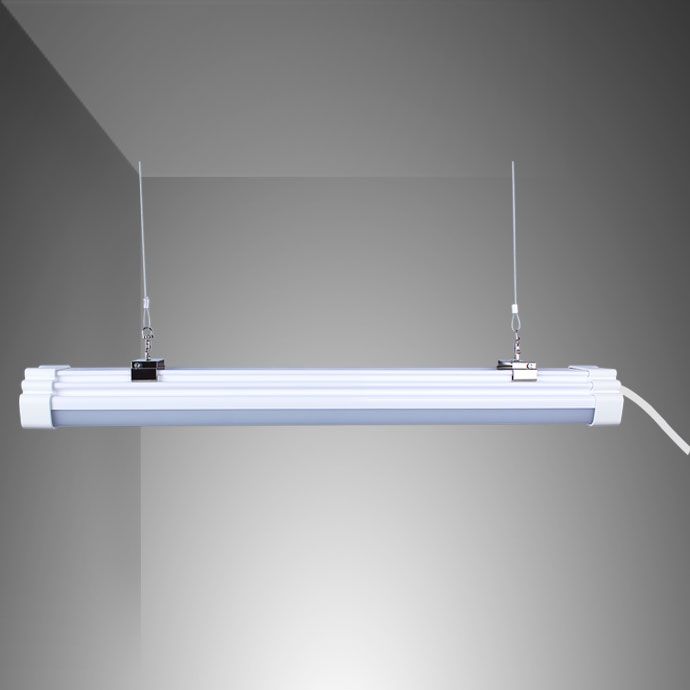
Soldering fumes contain a cocktail of potentially hazardous substances such as lead, tin, and rosin-based flux, which are common in electronic soldering materials. These fumes can cause respiratory problems, skin irritation, and other long-term health issues. Creating a safe workspace by reducing fume exposure is paramount, especially for hobbyists and professionals who spend extended periods soldering.
### Essential Features of an Effective Solder Fume Extractor
Before delving into the making of a DIY fume extractor, it’s crucial to understand the features that make such a device effective:
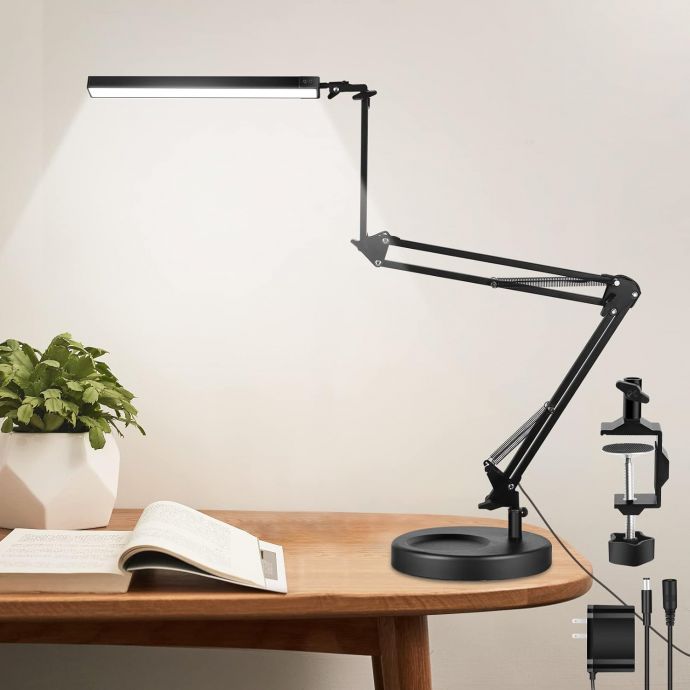
1. **Suction Power**: The extractor must be capable of drawing fumes away from the soldering point efficiently. This requires an adequately powered fan that can work continuously during your soldering tasks.
2. **Filtration System**: A good extractor uses a filtration system to trap harmful particles. This typically involves a carbon filter or HEPA filter to purify the air before it's released back into the environment.
3. **Portability and Power Supply**: For DIY enthusiasts, portability and a convenient power source are key. A 12V power supply allows the device to be used in various locations without dependency on a mains power source.
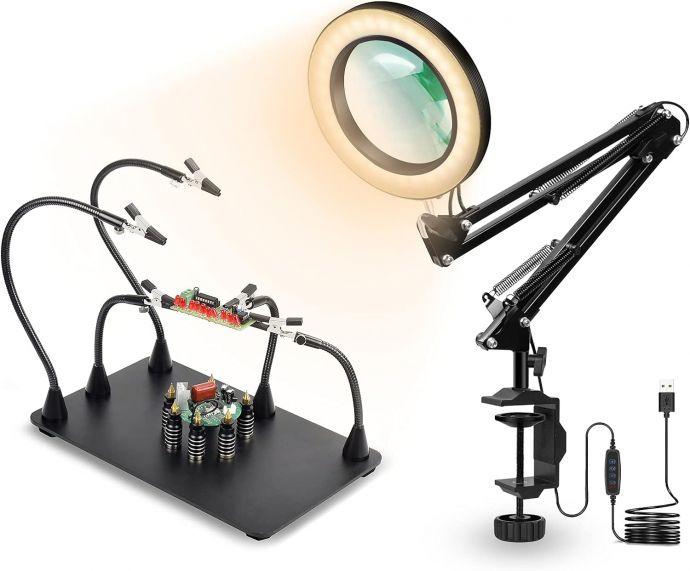
4. **Quiet Operation**: Considering that soldering is often a focused task, a quiet extractor maintains a conducive work environment.
### Building Your Own 12V Solder Fume Extractor
#### Materials and Tools You’ll Need

- **12V DC Fan**: A computer cooling fan works perfectly, as it offers enough power and is easily accessible.
- **Activated Carbon Filter**: These can be purchased from hardware stores or repurposed from other filtration systems.
- **12V Power Adapter**: To power the fan.
- **Plastic Housing**: A small plastic box or container to house the components.
- **Soldering Tools**: Soldering iron, solder wire, and helping hands.
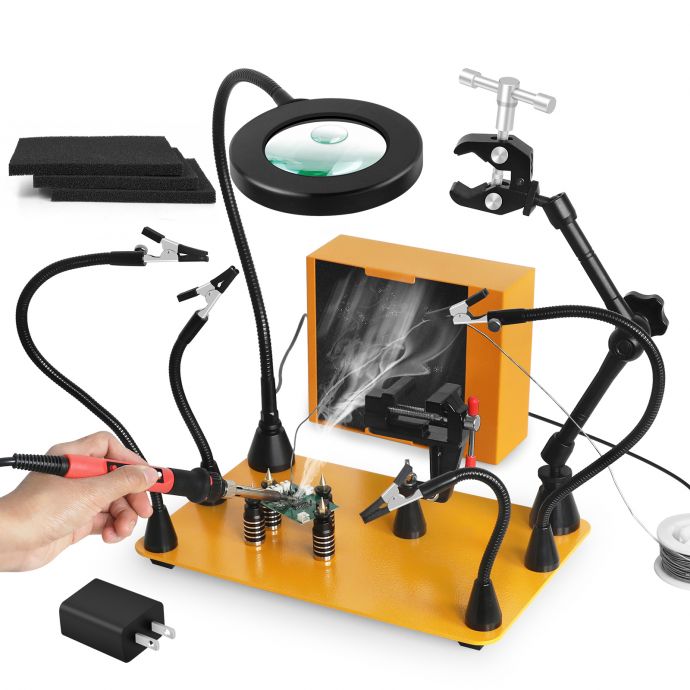
- **Switch and Connector**: To control the power supply easily.
- **Screwdriver and Drill**: For assembling and securing parts.
#### Step-by-Step Guide
**Step 1: Preparing the Housing**
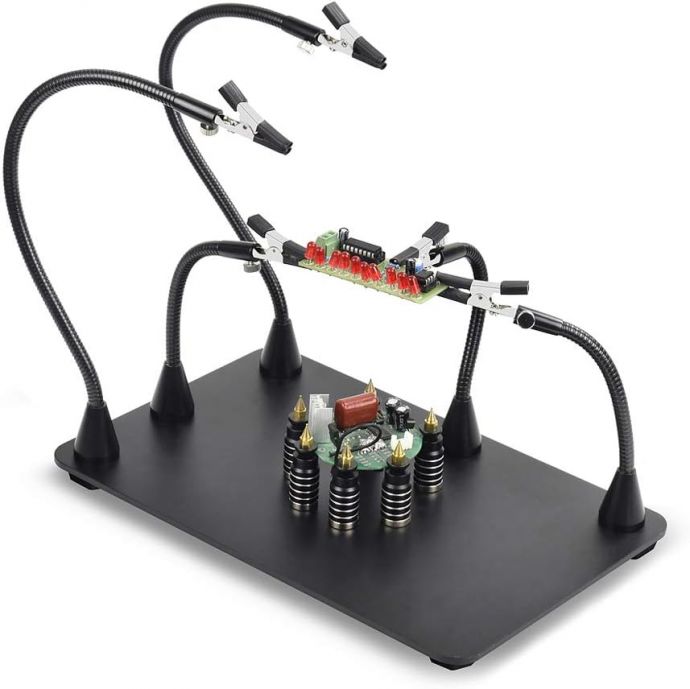
Begin by choosing a suitable plastic container for your fume extractor. It should be large enough to house the fan and filter while maintaining portability. Mark the container where the fan will be mounted, ensuring that the fan’s airflow direction will push air through the filter.
**Step 2: Mounting the Fan**
Using a drill, create holes for the fan’s screws on the marked location. Mount the 12V fan securely, making sure that the airflow direction is correct. The fan should draw air through the filter and out of the housing.

**Step 3: Installing the Filter**
Cut the activated carbon filter to fit snugly over the fan’s intake side. Secure it in place using clips or by creating a groove in the housing for the filter to sit in. Make sure it is sealed properly so that all air passing through the extractor is filtered.
**Step 4: Wiring the Components**
Connect the fan to the power adapter using appropriate connectors. Install a switch in the circuit to allow easy operation. Ensure all connections are insulated to prevent short circuits, and test the circuit with a multimeter before powering on.
**Step 5: Final Assembly**
After confirming that the fan operates correctly, secure all components within the housing. Test the extractor by soldering on a small piece of wire to ensure it effectively absorbs the fumes.
**Step 6: Portability Enhancements**
Consider adding a handle to the housing or using suction cups at the base to stabilize the extractor on your desk or workbench.
### Advantages of Your DIY Fume Extractor
- **Cost-Effective**: Building your own extractor significantly reduces costs compared to commercial units.
- **Customization**: Tailor your extractor to suit your workbench, including fan size and filter type.
- **Learning Experience**: This project enhances soldering skills, electronic assembly knowledge, and practical DIY capabilities.
- **Sustainability**: By repurposing materials, you contribute to reducing waste.
### Maintenance and Care
Regular maintenance will ensure your fume extractor remains in top condition:
- **Filter Replacement**: Replace the activated carbon filter regularly, every few months or sooner if you notice reduced efficiency.
- **Cleaning**: Dust off the fan and housing to prevent obstructions and overheating.
- **Wire Inspection**: Regularly check for frayed wires or loose connections and rectify them promptly.
### Conclusion
Mastering the art of DIY doesn’t only involve creating new gadgets or soldering electronics. It includes innovative solutions like a 12V solder fume extractor, which protects your health and enhances your workspace. By undertaking this project, you protect yourself from soldering hazards and contribute to a safer and more productive environment—an achievement worth aspiring to for any DIY enthusiast.









